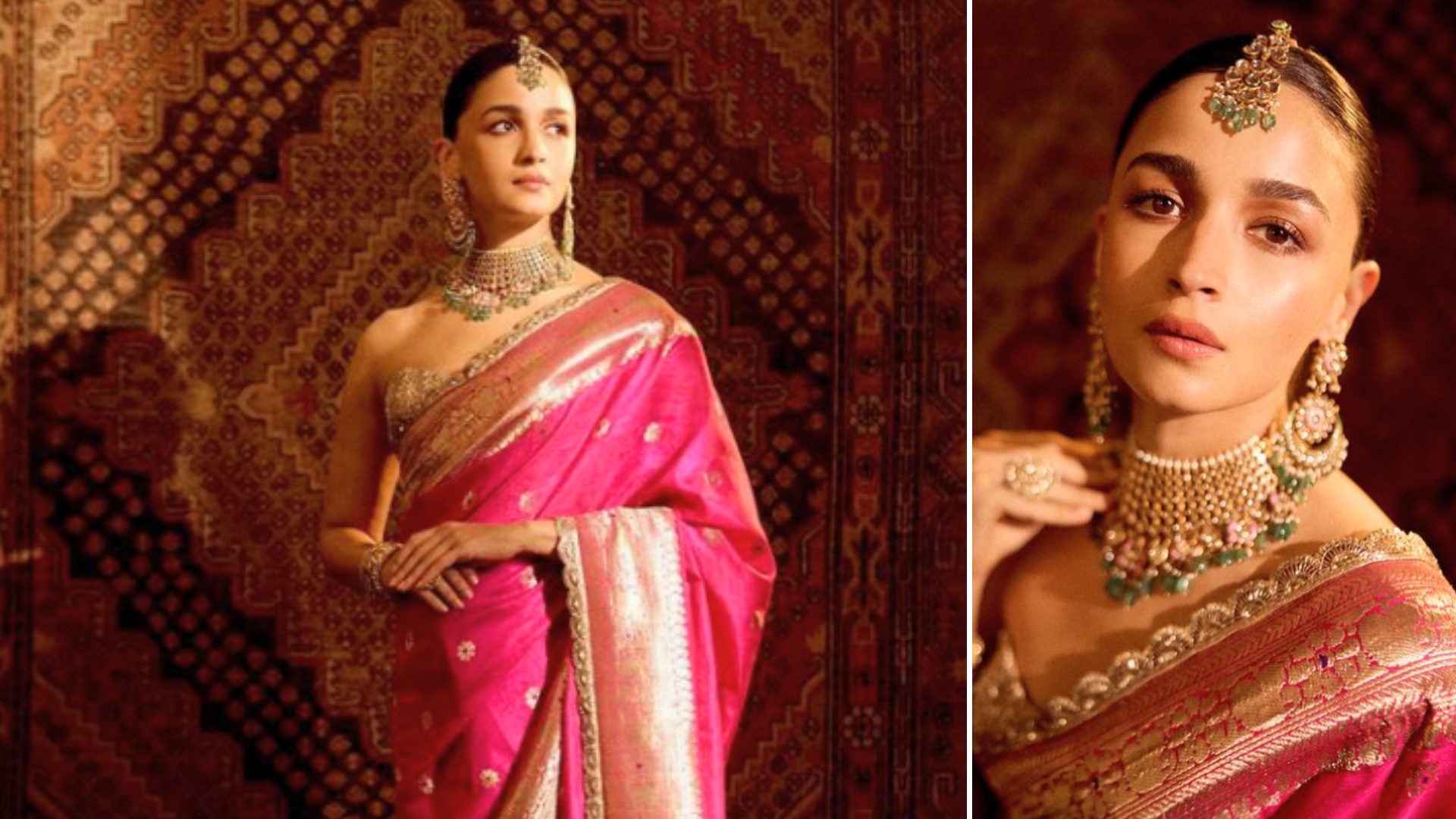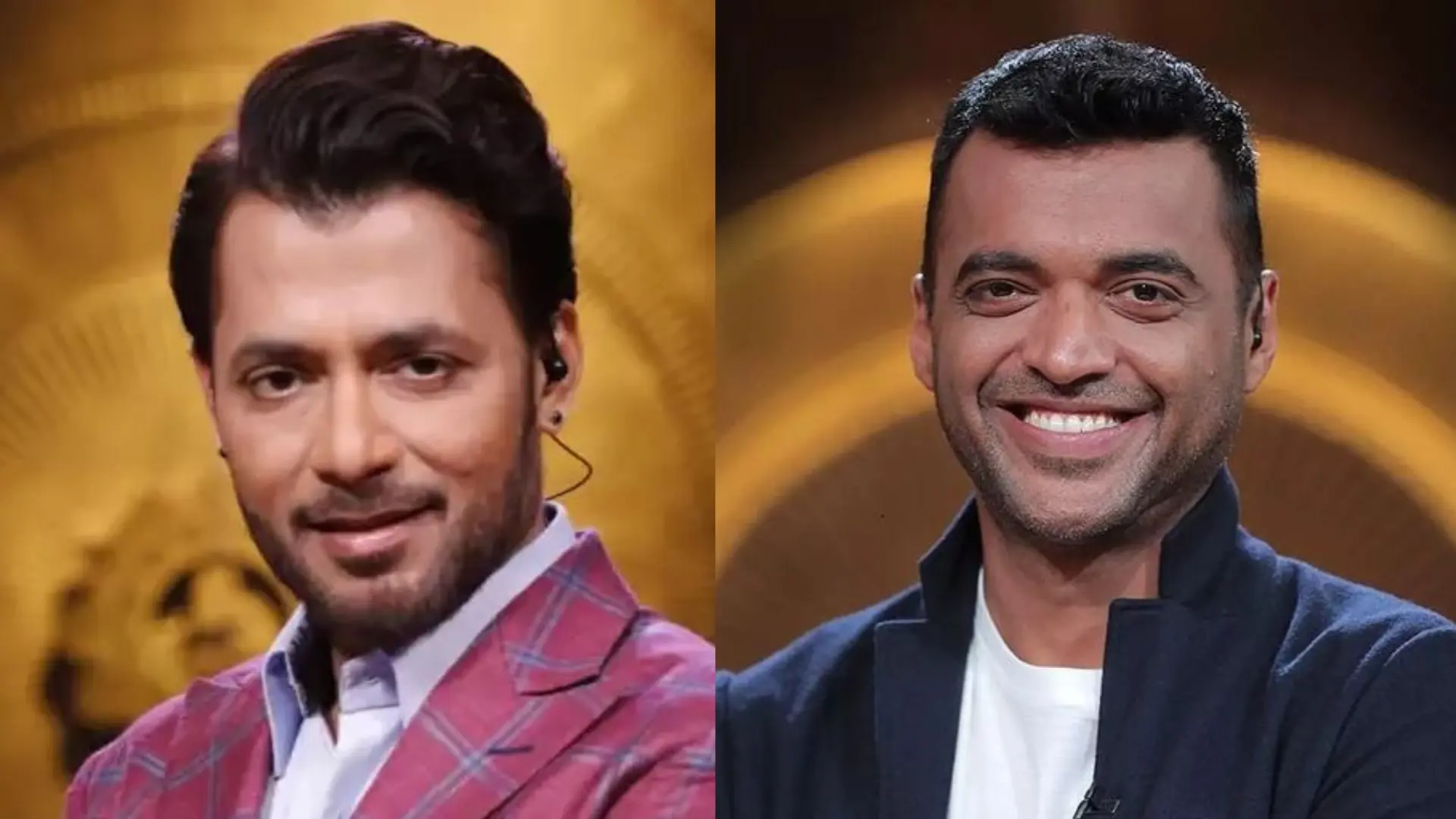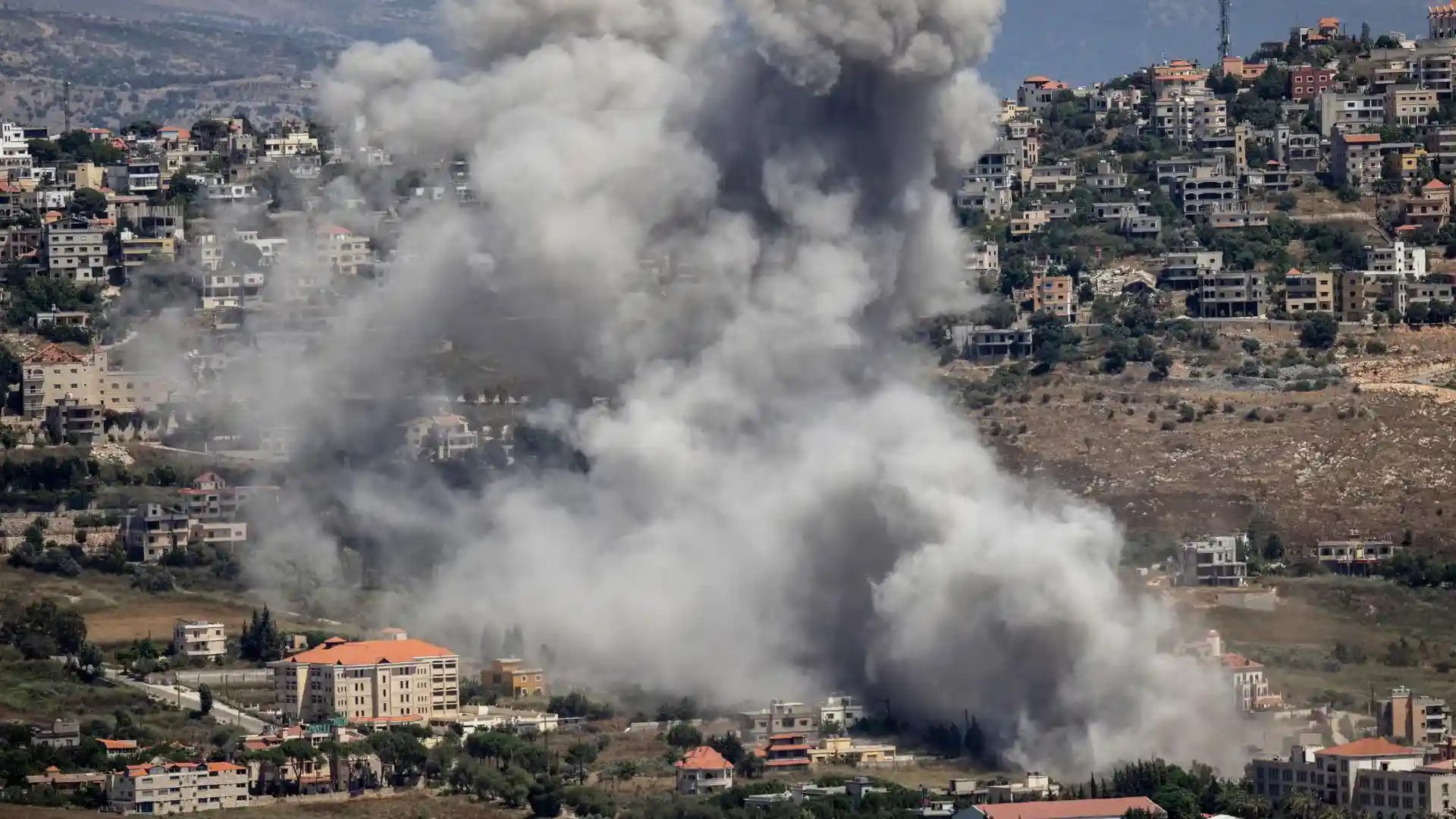Loved what Alia Bhatt wore at Anant Ambani-Radhika Merchant’s wedding? While all the girlies rocked modern lehengas, Alia went back in history and dug a 160-year-old woven Ashavali saree and absolutely nailed the ethnic look. Alia Bhatt stepped out with her actor husband Ranbir Kapoor for the mega-event.
Speaking of the saree, the intricate piece was made in Gujarat and is an archival saree made with pure silk and real zari. Scroll down to read all the details.
Alia Bhatt Saree Featured Six Grams Of Real Gold
Alia Bhatt was spotted wearing a stunning rani pink saree paired with a strapless blouse, complemented by heavy jewelry and a sleek hairstyle.
Alia’s 160-year-old woven Ashavali saree, crafted in Gujarat, features pure silk and a real zari border made of 99% pure silver. According to the famous Instagram page Diet Sabya, approximately 6 grams of gold were used in the saree to achieve its magnificent regal appearance. This saree is part of Manish Malhotra’s archival weave collection.
The actress completed her look with an elaborate diamond set, including a diamond necklace, matching earrings, and a statement maang tikka. Speaking of how much it costs, there is no clear indication on that.
View this post on Instagram

About Ashavali Sarees
Ashavali sarees and dupattas are a traditional weaving style originating from Ahmedabad, with historical references dating back to the 16th century. They are believed to have influenced the brocade weaving of Banaras, possibly through the migration of Gujarati weavers.
Crafted by Khatris and Patels, Ashavali textiles were favored by royalty and nobility. These textiles were primarily used for sarees, jamas, patkas, as well as for canopies and decorative purposes on animals like camels and elephants. Some consider Ashavali weaving as a precursor to Banaras textiles.
Distinctive features of Ashavali textiles include intricate enameled or meenakari work on the borders and pallu. In addition to brocades, they were woven with patola or tie-dye techniques.
Borders and pallus were intricately woven using interlocking techniques, often displaying designs like the badshah pallu (similar to Baluchari sarees), chand-tara motifs, parrots, and peacocks.
These motifs are also found in other Gujarat textile crafts such as mocha embroidery, beadwork, and jaliwork, as well as in Maharashtra’s Paithani sarees. The blend of diverse skills and craft traditions renders Ashavali textiles highly esteemed and sought after.
View this post on Instagram


















